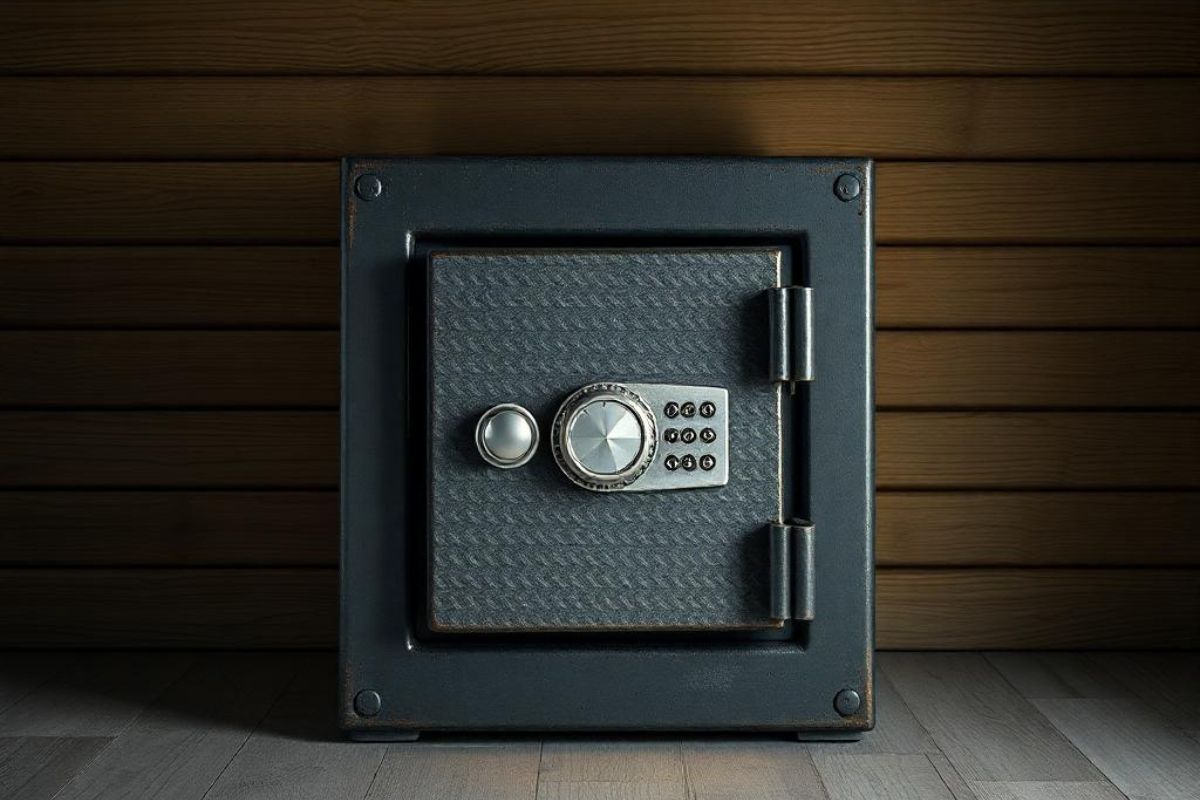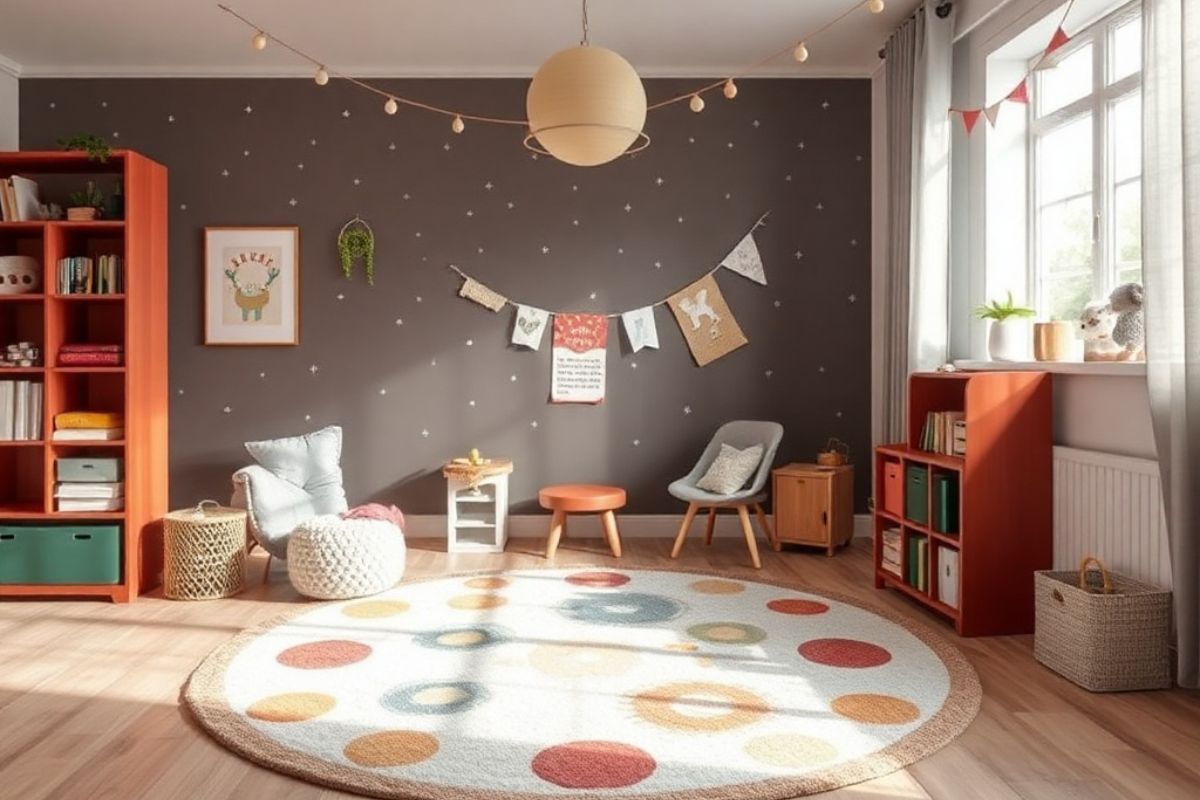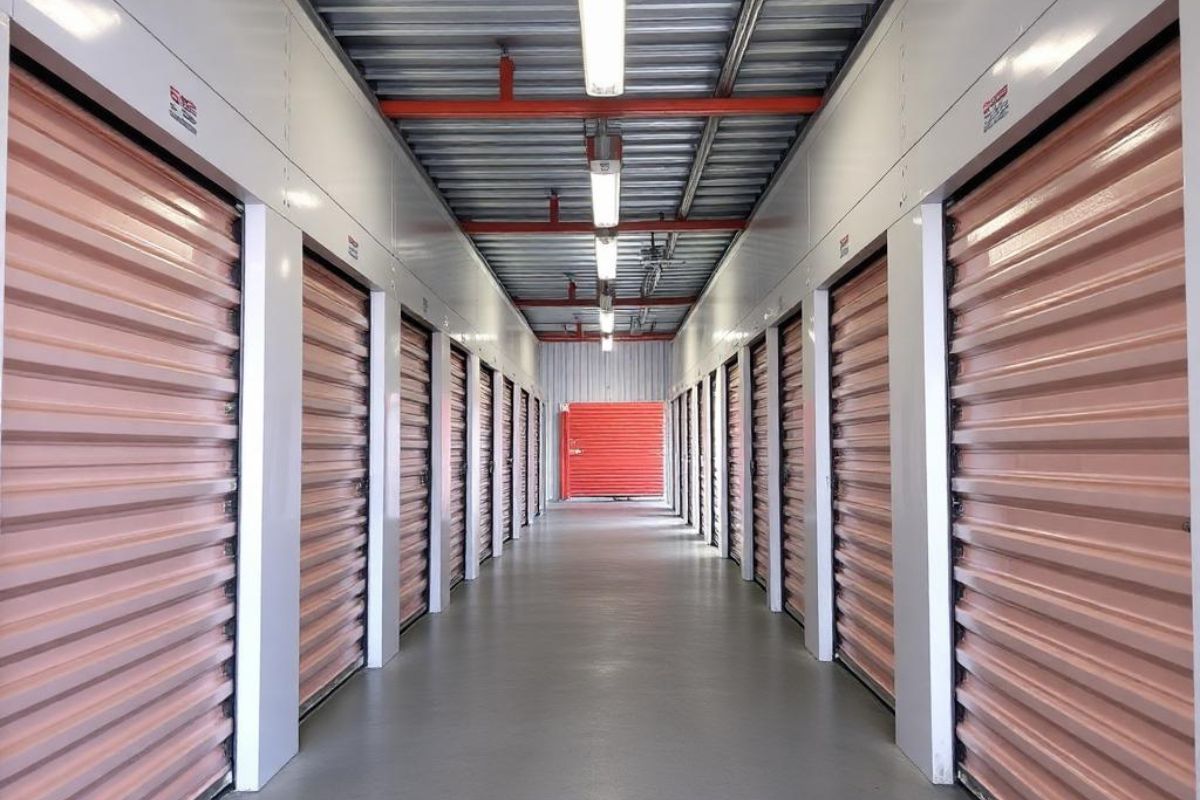The Evolution of Home Safes: From Lockboxes to Smart Security
.jpg)
Safes have come a long way since the days when securing your valuables meant stuffing them in a wooden chest and hiding it under the floorboards. Today’s home safes can send you an alert when opened, use your fingerprint for access, and even sync with your home automation system. But that sleek, app-connected device in your closet has a surprisingly long lineage. Like most things in home security, innovation has been a steady march—from basic mechanical protection to integrated digital defense.
If you're looking to understand how home safes got so smart and whether you need one this guide walks you through the practical evolution of home safes from the earliest lockboxes to modern, connected devices.
Early Lockboxes: The First Line of Domestic Defense
The concept of safeguarding possessions dates back thousands of years. One of the oldest known examples of a secure lockable container was discovered in the tomb of Pharaoh Ramesses II, built in the 13th century BCE. It was a wooden safe with a pin tumbler locking mechanism not too far removed from what you'd find on a modern cabinet lock.
Fast forward to the Middle Ages, and you’d find metal-clad chests secured with massive padlocks and secret compartments. These were often more about delaying a thief than stopping them entirely, and much of the security came from weight and concealment.
These early designs emphasized physical deterrence over technical complexity. If a thief wanted in, it took time and noise. That’s still a core concept today: make it inconvenient enough, and most intruders will give up before they get what they came for.
The Industrial Era: Safe Becomes a Profession
By the 1800s, the rise of banking, railroads, and global trade fueled a demand for reliable, secure storage, not just for businesses but for well-off homeowners. This ushered in the modern steel safe, often weighing hundreds of pounds and built with multiple locking bolts, drill-resistant plates, and fireproof linings.
One landmark was the development of the “Chubb detector lock” in 1818, which triggered an internal mechanism if tampered with—an early example of tamper detection. By the late 19th century, manufacturers like Mosler and Sargent & Greenleaf were competing to build safes capable of withstanding sledgehammers, blowtorches, and even dynamite.
Homeowners began to see safes not just as vaults for the ultra-wealthy, but as practical fire-resistant storage for cash, deeds, and wills. Fire-rated wall safes became a staple in many 20th-century homes, usually tucked into closets or basement corners.
Bottom line back then? If it was heavy, hidden, and had a dial, your valuables were in good hands.
Electronic Keypads: The Digital Door Opens
Mechanical dials were dependable but slow, and errors meant starting over. By the 1980s and ’90s, digital keypads began replacing rotary dials, offering faster access and programmable entry codes. For homeowners, this was the first real leap into modern convenience.
Benefits included:
- Easier code changes
- Lockout features after failed attempts
- Internal batteries (or backup keys)
- Compact form factors for furniture and wall-mounted safes
These electronic safes were still mostly standalone units—no Wi-Fi, no apps—but they signaled a shift. Convenience was starting to matter as much as brute strength.
Biometric Safes: Fingerprint Meets Fireproof
Fingerprint recognition added another layer of accessibility, especially for gun owners or anyone needing quick, one-handed access. A decade ago, these sensors were gimmicky at best, often failing if your hands were wet, cold, or dusty. But as the technology matured, especially with smartphone integration, biometric locks became faster and more reliable.
Today, many home safes include:
- Fingerprint access (with storage for multiple users)
- Dual authentication (fingerprint + PIN)
- Tamper alerts or lockouts
Still, it’s important to remember: biometric doesn’t mean unbreakable. Sensors can degrade over time, and backup keys are often still included, sometimes in places a burglar can find.

Smart Safes: Integrated and Internet-Connected
Welcome to the current generation: smart safes with Wi-Fi, Bluetooth, and app-based control. These allow homeowners to:
- Open or lock remotely
- Receive real-time notifications of access
- Create temporary digital keys for guests
- Monitor audit trails (who opened it, and when)
Some models integrate with Alexa, Google Home, or IFTTT, letting users set routines like “lock safe at bedtime” or “alert me if safe is moved.”
These features are powerful, but they’re also entry points for new vulnerabilities. Poor encryption, outdated firmware, or weak passwords can leave smart safes exposed to remote hacking or spoofing. In fact, DEF CON presentations have shown how even popular smart safes can be compromised using off-the-shelf hardware.
So while convenience is high, smart safes come with a new rule:
Treat it like a smartphone. Keep firmware updated, use two-factor authentication when possible, and disable remote access if you don’t need it.
What’s Gained—and What’s Lost
Here’s the tradeoff: As safes become smarter, they become more accessible—but also more dependent on software and network security. Where the old dial safe could sit untouched for 20 years and still function, a smart safe requires updates and possibly new batteries every 6–12 months.
That’s not a bad thing—just a different mindset. Today’s safes are tools, not just boxes. And like any digital tool, they require maintenance.
You gain:
- Faster access
- Easier sharing of access
- Remote monitoring
- Better organization (some safes even have interior lighting, compartments, and charging ports)
You potentially lose:
- Simplicity and fail-safe operation
- Resistance to digital intrusion
- Long-term “set it and forget it” durability
Should You Upgrade?
If you still use a basic mechanical lockbox, ask yourself:
- Do I need quick access (e.g., for firearms or medications)?
- Do I want to track who accesses the safe?
- Am I comfortable managing software and connectivity?
For many, a hybrid approach works best: keep ultra-sensitive documents in a heavy, fire-rated mechanical safe, and use a smart safe for daily-use items like cash, passports, or electronics.
Tip: Never store digital-only data (e.g., a USB with family photos) in a safe that lacks temperature and humidity protection. Heat from a fire—even if the safe doesn’t burn—can destroy electronics unless specifically rated.
Final Word: The Future of Home Safes
As smart homes continue to grow, so will the expectations around safes. Expect future models to include facial recognition, AI behavior tracking, cloud backups, and deeper integration with home security systems. But the fundamentals haven’t changed: protect your most valuable possessions, make access fast for you, and impossible for others.
Whether your safe uses a steel dial or sends push notifications to your phone, its job is the same: to buy you time and peace of mind.
Just don’t forget the first rule of home safes—out of sight is still your best defense. Because the smartest safe is the one they never knew was there.
Need help choosing or installing the right safe?
Look for UL-rated models (for burglary and fire protection), consider your floor structure before bolting anything down, and consult a security professional if you’re integrating a smart safe into your network. A little planning goes a long way toward protecting what matters.









